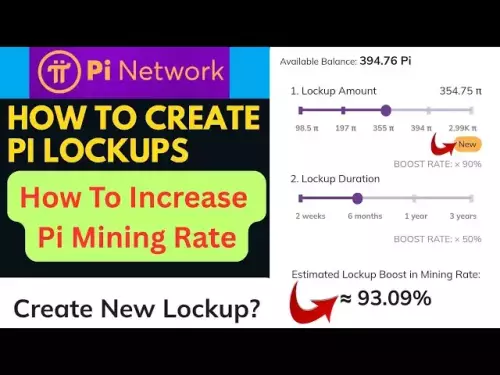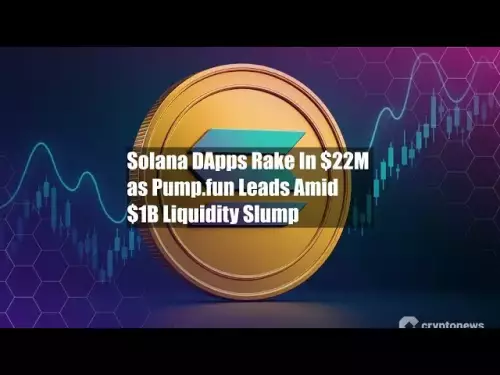-
 bitcoin
bitcoin $114779.865156 USD
2.30% -
 ethereum
ethereum $4226.519789 USD
2.39% -
 tether
tether $1.000545 USD
0.04% -
 xrp
xrp $2.890223 USD
0.92% -
 bnb
bnb $1030.029301 USD
2.95% -
 solana
solana $212.824944 USD
1.69% -
 usd-coin
usd-coin $0.999757 USD
0.01% -
 dogecoin
dogecoin $0.234961 USD
-0.27% -
 tron
tron $0.337174 USD
0.42% -
 cardano
cardano $0.804783 USD
0.09% -
 hyperliquid
hyperliquid $45.748770 USD
-2.85% -
 chainlink
chainlink $21.699170 USD
0.82% -
 ethena-usde
ethena-usde $1.001452 USD
0.08% -
 avalanche
avalanche $30.237800 USD
1.14% -
 stellar
stellar $0.372604 USD
1.52%
How to calculate crypto futures trading fees?
Crypto futures fees include maker/taker charges, funding rates, and hidden costs; using limit orders, exchange tokens, and monitoring funding can reduce expenses.
Sep 16, 2025 at 05:36 am
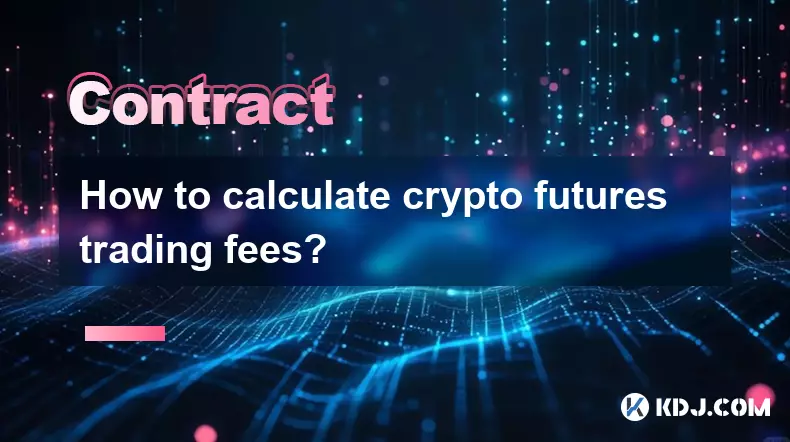
Understanding the Basics of Crypto Futures Fees
1. Trading fees in crypto futures markets are typically broken down into two main categories: taker fees and maker fees. Taker fees apply when a trader removes liquidity from the order book by filling an existing order. Maker fees are charged when a trader places an order that adds liquidity, such as a limit order that isn’t immediately filled.
2. Exchanges publish their fee schedules, which can vary significantly between platforms. These schedules are often tiered based on trading volume or the user’s holdings of the exchange’s native token. For example, holding BNB on Binance or FTT on FTX can reduce fee rates.
3. Fee percentages are usually small, ranging from 0.02% to 0.05% for makers and 0.05% to 0.1% for takers. Despite their size, these fees can accumulate quickly in high-frequency or high-leverage trading scenarios.
4. Some platforms offer rebates to makers, meaning they pay a negative fee to incentivize limit order placement. This effectively rewards traders for contributing to market depth.
5. It’s essential to read the exchange’s fee structure carefully, as some may apply additional charges for funding, withdrawal, or overnight positions, which are separate from standard trading fees.
Calculating Fees Based on Trade Size and Type
1. To calculate the exact fee, multiply the trade value by the applicable fee rate. For instance, a $10,000 taker trade with a 0.06% fee incurs a $6 fee (10,000 × 0.0006).
2. The trade value is determined by the contract size and entry price. For perpetual futures, this is typically the notional value of the position at the time of execution.
3. Makers benefit from lower rates. A $10,000 maker trade at 0.02% would cost only $2, showcasing the financial incentive to use limit orders.
4. Tiered fee models mean that as a trader’s 30-day volume increases, their rate decreases. A user who trades $1 million in a month may move from a 0.06% taker fee to 0.04%, saving significant costs over time.
5. Always verify whether fees are applied on both entry and exit of a position. Most exchanges charge fees for both opening and closing trades, doubling the total cost.
Funding Rates and Hidden Costs in Futures Trading
1. Perpetual futures contracts include funding rates, which are periodic payments exchanged between long and short positions. These are not trading fees but can significantly impact net profitability.
2. Funding is typically paid every 8 hours and is calculated based on the difference between the futures price and the underlying spot price. When demand for longs is high, longs pay shorts, and vice versa.
3. While not a direct fee, frequent funding payments can erode gains, especially in highly skewed markets. Traders holding positions over several funding intervals must account for this cost.
4. Some exchanges offer tools to estimate upcoming funding rates, helping traders time their entries and exits to minimize these payments.
5. Be aware that high leverage usage can indirectly increase effective fees. Liquidation events may still incur fees on the executed portion of the order, even if the position is closed at a loss.
Impact of Leverage and Position Size on Fees
1. Leverage does not change the fee percentage, but it amplifies the notional value of the trade, thereby increasing the dollar amount of fees paid.
2. A 10x leveraged trade of $1,000 controls $10,000 in value. At a 0.05% taker fee, the cost is $5 instead of $0.50 on the base amount.
3. Larger positions, whether due to capital or leverage, result in higher absolute fees. This is critical for institutional or algorithmic traders managing large volumes.
4. Some platforms impose minimum fee thresholds or cap maximum fees per trade, which can benefit very large or very small traders under certain conditions.
5. Fee optimization strategies include using maker orders during low-volatility periods and consolidating trades to reduce the number of fee-bearing transactions.
Frequently Asked Questions
What is the difference between maker and taker fees?Maker fees apply to limit orders that add liquidity to the market, while taker fees are charged on market orders that remove liquidity by matching existing orders.
Do all crypto futures exchanges charge funding fees?Most exchanges that offer perpetual contracts charge funding fees, though the frequency and calculation method can vary. Traditional quarterly futures contracts do not have funding rates.
Can I reduce my trading fees on futures platforms?Yes, by increasing your trading volume, holding the exchange’s native token, or using maker orders, you can often access lower fee tiers or rebates.
Are fees the same for long and short positions?Yes, trading fees are symmetrical. Whether you open a long or short futures position, the fee structure based on maker/taker status remains identical.
Disclaimer:info@kdj.com
The information provided is not trading advice. kdj.com does not assume any responsibility for any investments made based on the information provided in this article. Cryptocurrencies are highly volatile and it is highly recommended that you invest with caution after thorough research!
If you believe that the content used on this website infringes your copyright, please contact us immediately (info@kdj.com) and we will delete it promptly.
- Government Shutdown, Trump Meeting, Deadlock: A New Yorker's Crypto Take
- 2025-09-30 10:45:12
- Token Securities, Stablecoins, and Synergy: A New Standard for Digital Finance in NYC
- 2025-09-30 10:25:15
- Dogecoin, Shiba Inu, and Remittix: Decoding the Crypto Hype
- 2025-09-30 10:25:15
- Bitcoin Surge: Bullish Factors and Seasonal Trends Fueling the Rally
- 2025-09-30 10:45:12
- Binance Coin Breakout: Riding the Cryptocurrency Wave
- 2025-09-30 10:50:01
- Bitcoin, Corporate Treasury, and Fintech Startups: A New Era of Finance
- 2025-09-30 10:50:01
Related knowledge
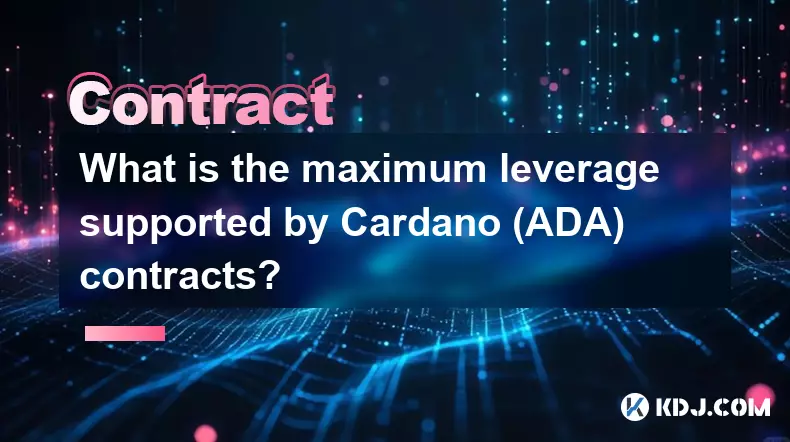
What is the maximum leverage supported by Cardano (ADA) contracts?
Sep 30,2025 at 03:37am
Understanding Leverage in ADA Derivatives Trading1. Leverage in cryptocurrency futures and perpetual contracts allows traders to control larger positi...

How do I use the scheduled order feature in Cardano (ADA) contracts?
Sep 28,2025 at 10:18pm
Understanding Scheduled Orders in Cardano Smart ContractsCardano operates on a proof-of-stakes consensus mechanism and uses the Plutus scripting langu...

Can I modify the leverage of Cardano (ADA) contracts after opening a position?
Sep 30,2025 at 08:19am
Understanding Leverage in Cardano (ADA) Futures Trading1. Leverage allows traders to control larger positions using a smaller amount of capital. In th...
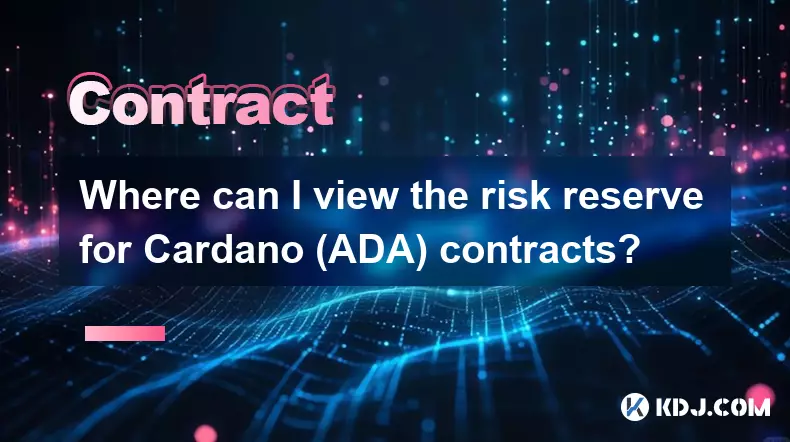
Where can I view the risk reserve for Cardano (ADA) contracts?
Sep 29,2025 at 09:19pm
Risk Reserve Overview in Cardano (ADA) Ecosystem1. The concept of a risk reserve within the Cardano blockchain does not align with traditional central...

How do I enable the "scalping-only" mode for Cardano (ADA) contracts?
Sep 24,2025 at 03:19am
Understanding Scalping Strategies in Crypto Derivatives1. Scalping in cryptocurrency trading refers to executing multiple short-term trades within min...

What is the settlement time for Cardano (ADA) contracts?
Sep 28,2025 at 04:18am
Understanding Cardano's Contract Settlement Mechanism1. Cardano operates on a proof-of-stake consensus model known as Ouroboros, which fundamentally i...

What is the maximum leverage supported by Cardano (ADA) contracts?
Sep 30,2025 at 03:37am
Understanding Leverage in ADA Derivatives Trading1. Leverage in cryptocurrency futures and perpetual contracts allows traders to control larger positi...

How do I use the scheduled order feature in Cardano (ADA) contracts?
Sep 28,2025 at 10:18pm
Understanding Scheduled Orders in Cardano Smart ContractsCardano operates on a proof-of-stakes consensus mechanism and uses the Plutus scripting langu...

Can I modify the leverage of Cardano (ADA) contracts after opening a position?
Sep 30,2025 at 08:19am
Understanding Leverage in Cardano (ADA) Futures Trading1. Leverage allows traders to control larger positions using a smaller amount of capital. In th...

Where can I view the risk reserve for Cardano (ADA) contracts?
Sep 29,2025 at 09:19pm
Risk Reserve Overview in Cardano (ADA) Ecosystem1. The concept of a risk reserve within the Cardano blockchain does not align with traditional central...

How do I enable the "scalping-only" mode for Cardano (ADA) contracts?
Sep 24,2025 at 03:19am
Understanding Scalping Strategies in Crypto Derivatives1. Scalping in cryptocurrency trading refers to executing multiple short-term trades within min...

What is the settlement time for Cardano (ADA) contracts?
Sep 28,2025 at 04:18am
Understanding Cardano's Contract Settlement Mechanism1. Cardano operates on a proof-of-stake consensus model known as Ouroboros, which fundamentally i...
See all articles





















